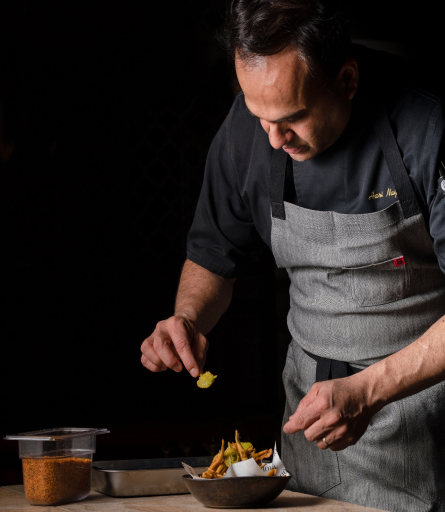
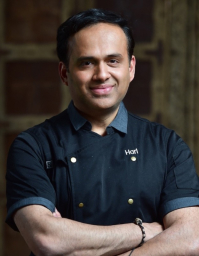
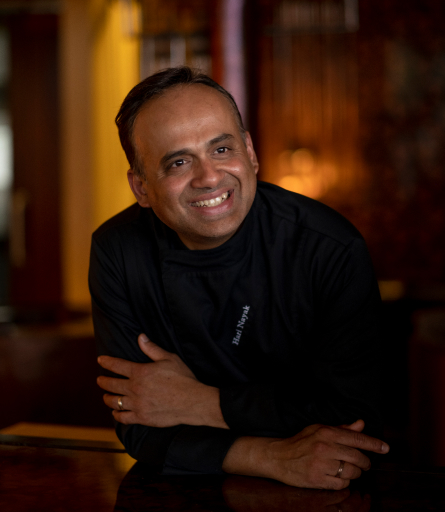
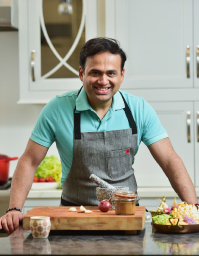 About
About
Hari Nayak, a New York based chef is a culinary enthusiast with a lifelong passion for food. Starting from humble beginnings in Udupi India, he has achieved international recognition through innovative and contemporary cooking styles. After his graduation from Culinary Institute of America in New York, Hari has honed his skills alongside culinary luminaries such as Daniel Boulud, Marcus Samuelson and Albert Adria.
Read MoreGrowth of Indian cuisine is on the rise and winning hearts across the globe. It's not just about business; it's about embracing the rich flavors, colors, and diverse dishes that Indian cuisine brings to the table.
READ MOREElevate your kitchen with our expert chefs and cutting-edge test kitchen. We excel in crafting innovative, delicious recipes for your menu, whether for commercial or small-scale production.
READ MOREWe specialize in helping food service businesses create and launch unique food brands and concepts. Our expertise ensures your product resonates with your target audience.
READ MORE
















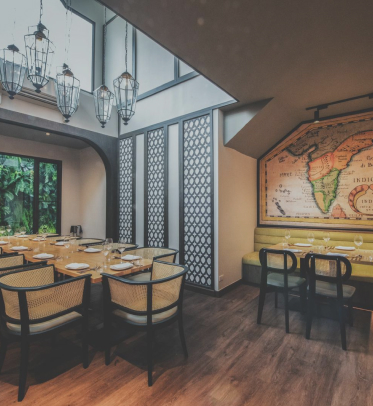




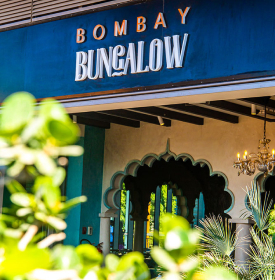




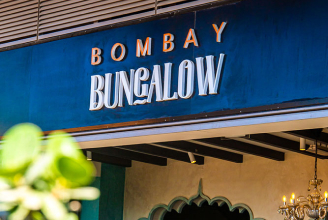
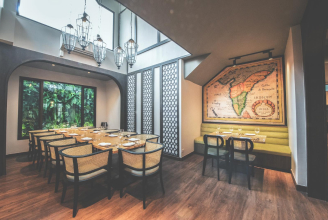




Hari has partnered with the esteemed Indian brand Cafe Spice, infusing his signature touch into their offerings. His distinct culinary creations are now accessible nationwide, available through major grocery giants such as Amazon Fresh, Whole Foods Market, Kroger, Harris Teeter, Wegmans, and several others poised for nationwide rollout.